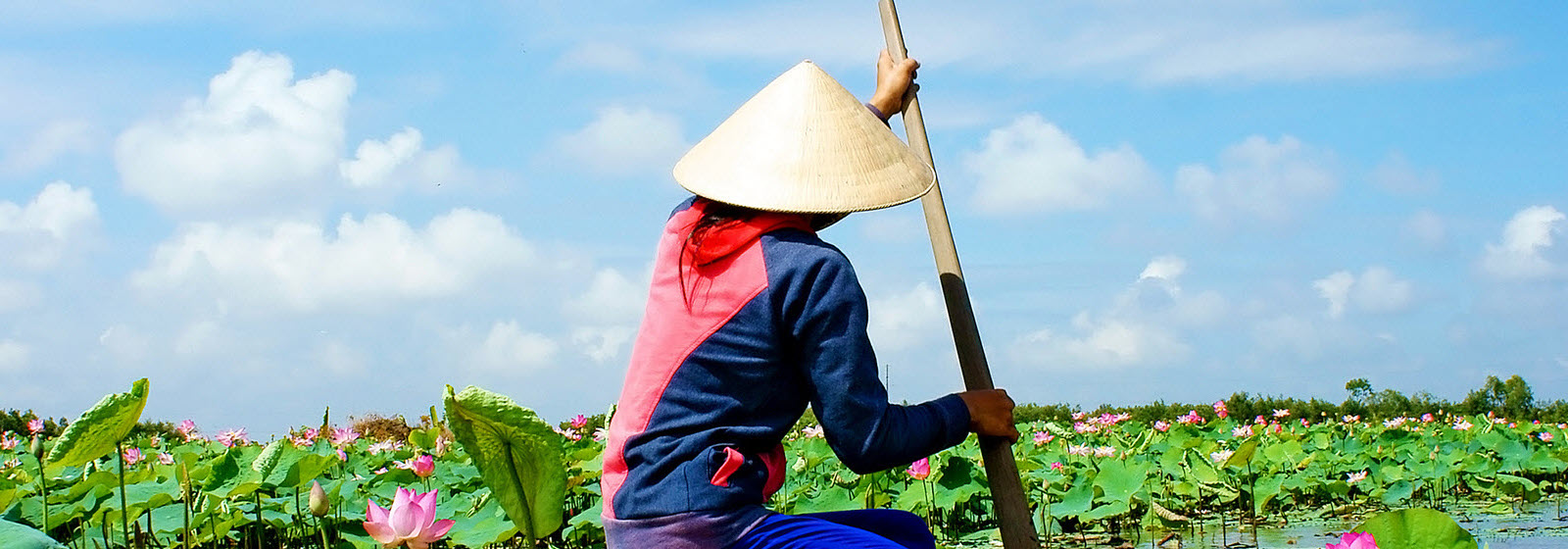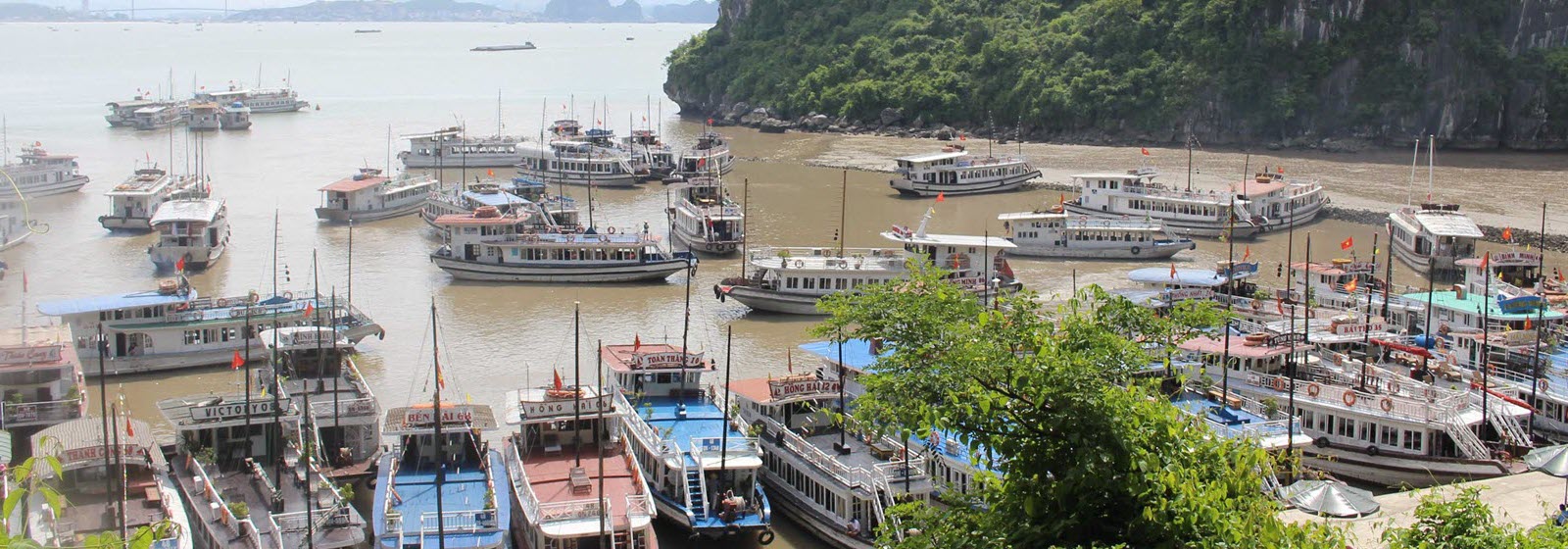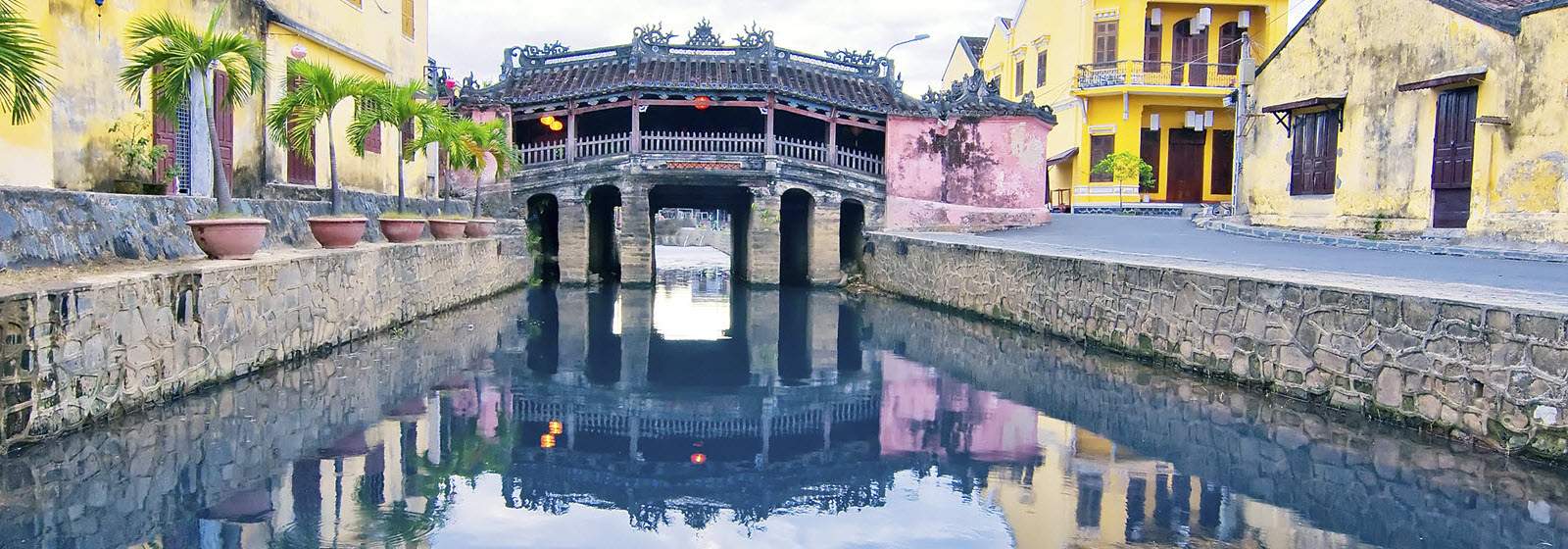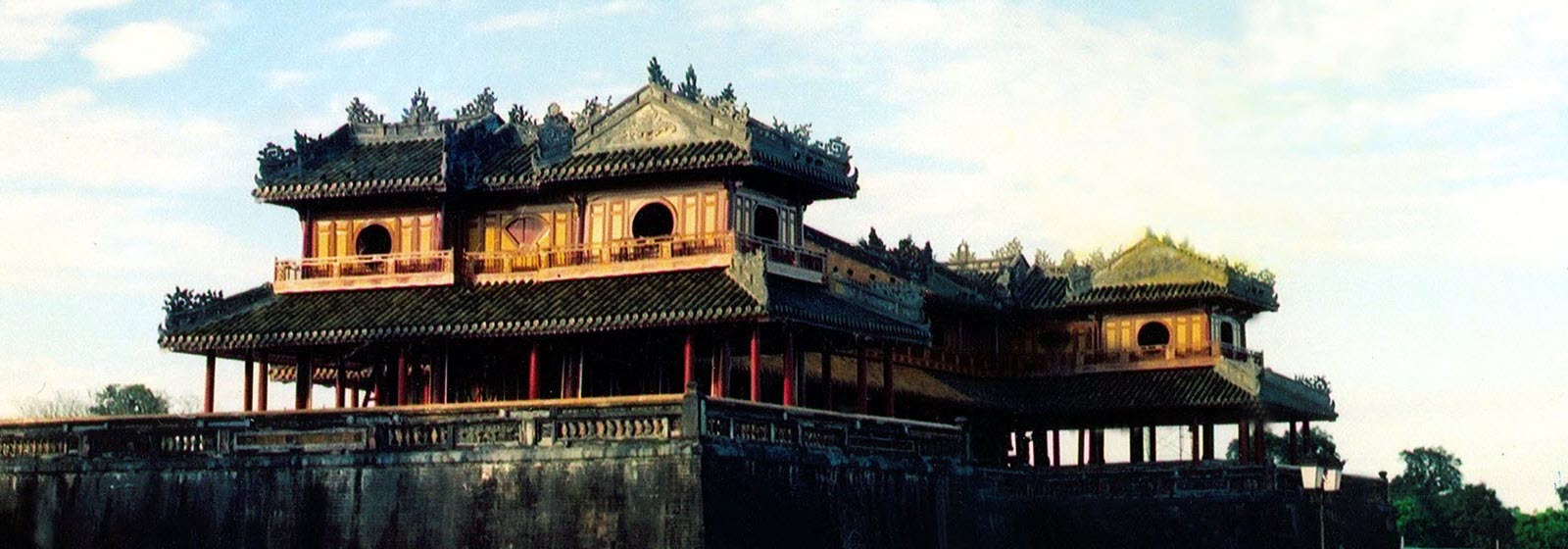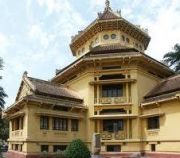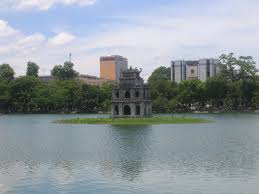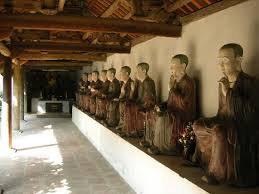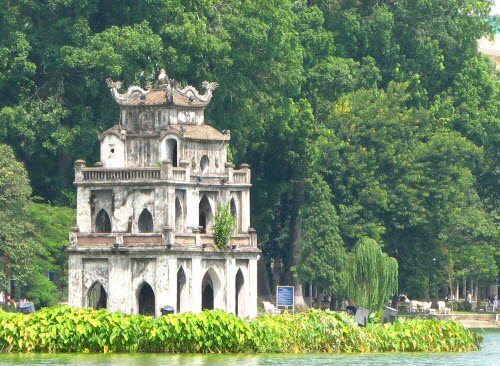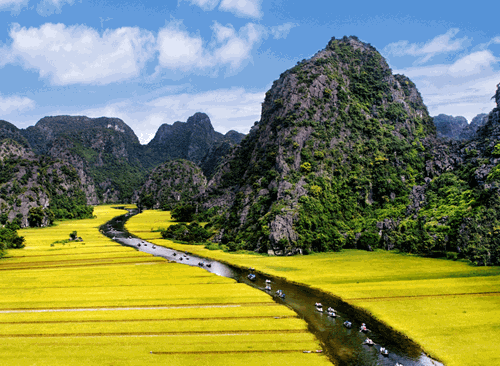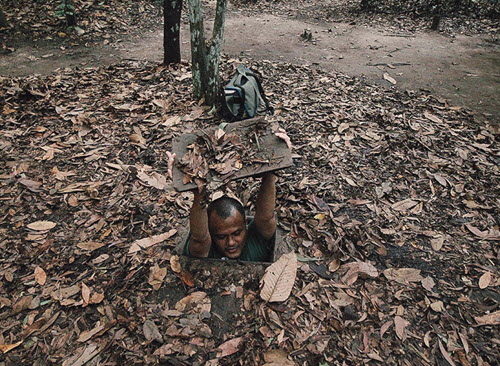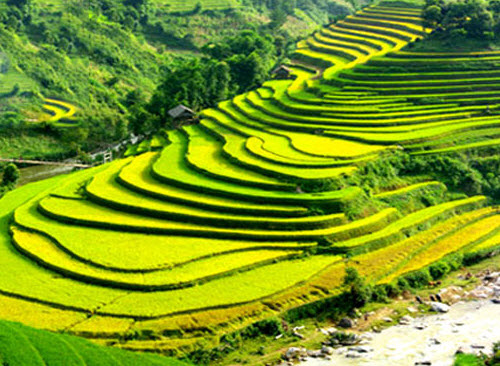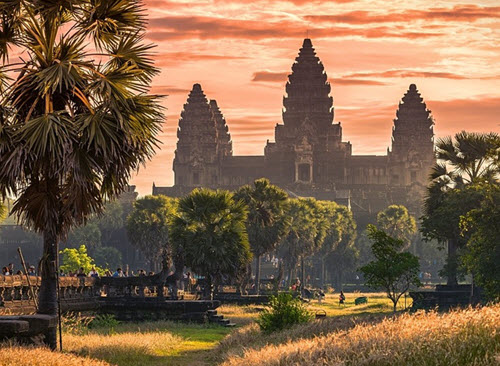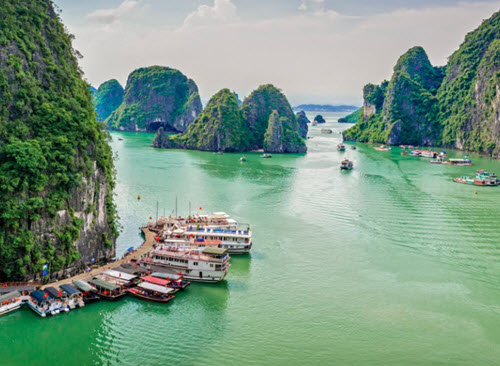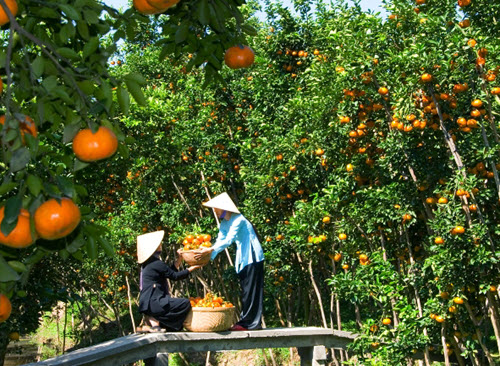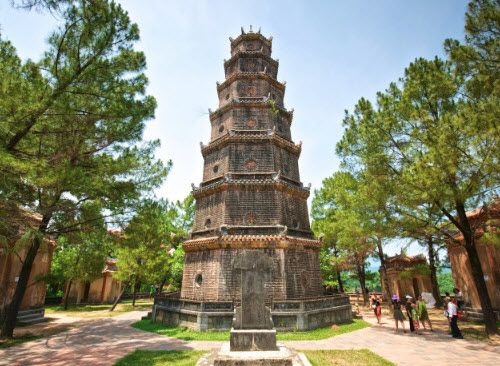Ha Noi

Location: in the Red River Delta, in the central of North of Vietnam
Access: accessible by road, by train and by air with an international airport named Noi Bai. It takes 2 hours flying from Ho Chi Minh City to Ha Noi.
Main attractions: Temple of Literature, Hochiminh’s Mausoleum (closed on Monday & Friday), Hochiminh House, History Museum (closed on Monday), Quan Thanh and Quan Su Pagoda, Ngoc Son Temple, Lake of Restored Sword, Fine Arts Museum, Ethnology Museum, One-pillared Pagoda.
The unique romance character of Hanoi lies in the gentle pace and the antique structures. The city personifies the spirit of Vietnam history in its fascinating blend of East and West, of Chinese influence and French colonization in the architecture of ancient temples, unspoiled monuments, modern museums, French-styled villas, and pockets of ancient culture along the narrow streets of the Old Quarter. With its thousand-year history - from which Vietnamese civilization began, intellectual tradition, overreaching grace of landscape and architecture of surrounding rice fields dotted by old pagodas and rustic villages, and continental ambiance, the capital feels close to its natural environment and retains its human scale.
Modern skyscrapers are arising aside its 36 ancient streets, yet the peaceful lifestyle seems resting undisturbed from invasion of western culture and modernization: broad, tree-lined sidewalks hold in their laps-cafés where, in the early hours of evening, children play while their parents linger over cups of Vietnamese esbeetso. Curbside, people sit and read books. On grassy lake shores at dawn, the elderly exercise and the young jog. On evening’s approach, families sit watching pedal boats splash on water made pink by the sunset. Lakes, with no doubt, have made up an inevitable part of Hanoi’s soul. The elegant red The Huc Bridge connecting the two banks of Sword Lake and Tortoise Tower watching its own image reflected in emerald water for almost a thousand years have penetrated into the nostalgia of each Hanoian. Hanoi is fit for strolling and sitting, for reverence and reflection, for visiting and conversing.


